Artist | Italian | Game Of Thrones | Art | Gothic Art | Middle Ages https://www.instagram.com/ariannainglesi.art/
Don't wanna be here? Send us removal request.
Text
professions that women could have in medieval Armenia
1. Վարձակ - Vardzak

An actress, singer and dancer in ancient and medieval Armenian theatre. Vardzak performed either naked or semi-naked.
2. Լալկան կանայք - Mournful women

These women sang sorrowful songs during burial ceremonies and were paid for it. They also wrote the songs. The lead singer was known as Եղերամայր 'Yegheramayr'. The Armenian medieval poet Grigor Narekatsi wrote that he had learned tear-inducing lines from them. This profession was practised up until the 19th century.
3. Դյութ (Dyut)֊ Witch/Warlock

Dyut could be anyone who was literate, including both women and men. They were considered to be those who used different substances and objects, such as flour, stones, water and sand.
4. Թովիչ (tovich) - Enchanter

These women were said to be able to cure illnesses through their sweet and enchanting speech. They "cured" rib pain by rubbing a sword on the patient's ribs, and they "cured" jaundice by slapping the patient without warning to make the illness run away.
43 notes
·
View notes
Text

Before there was Moo Deng, there was William.
This little blue hippopotamus, known affectionately as William, has been a fan favorite at The Metropolitan Museum of Art for over a century. Dating back to Egypt’s Middle Kingdom (c. 1961–1878 BCE), William was likely placed in tombs to offer protection in the afterlife.
His bright faience glaze and lotus decorations connect him to the Nile’s waters—but don’t let his charm fool you! Ancient Egyptians knew that hippos were both revered and feared, making William a powerful symbol. He epitomizes the Egyptian craftsmanship of the era.
Take a closer look at William on JSTOR.
Image: Hippopotamus (William), ca. 1961–1878 B.C. Faience. The Metropolitan Museum of Art.
7K notes
·
View notes
Text
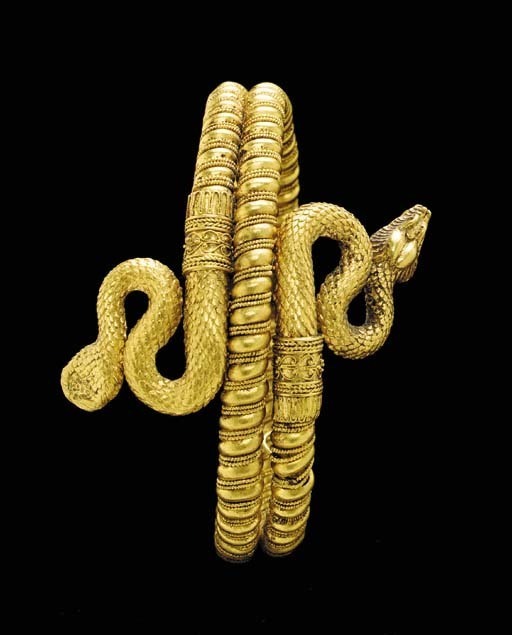
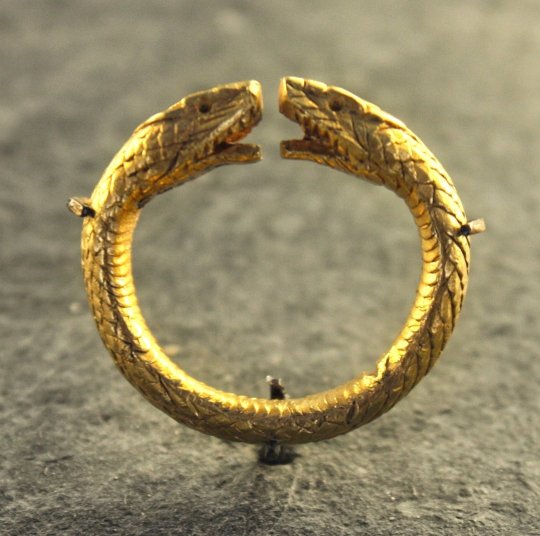
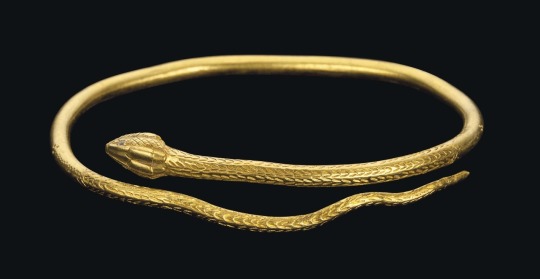


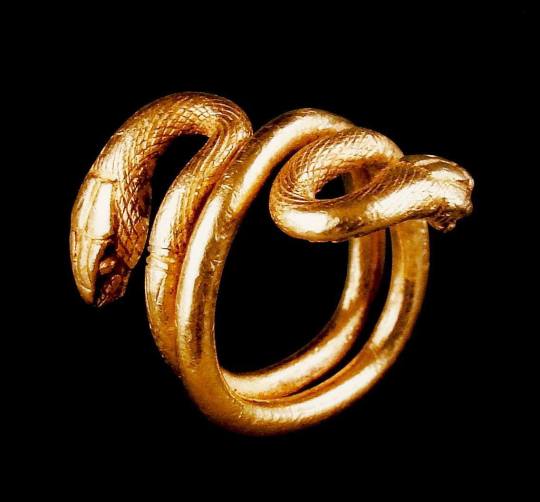
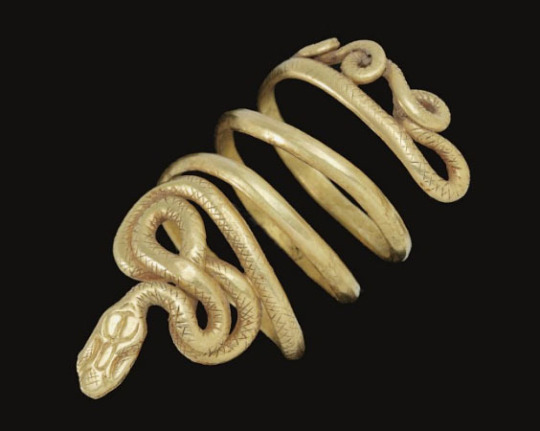
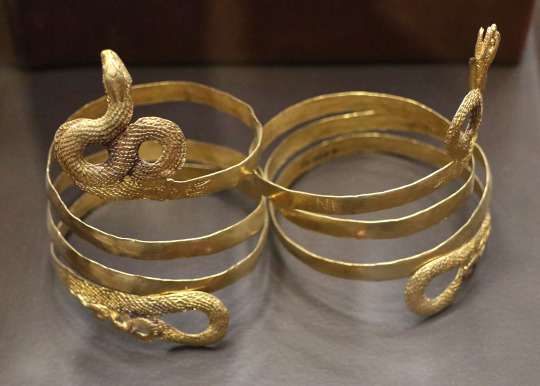

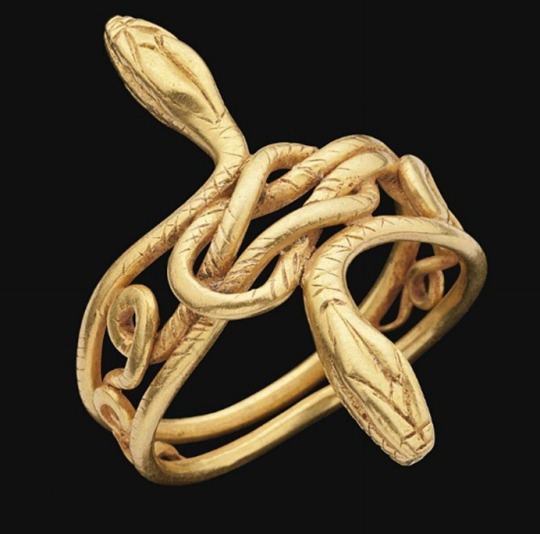

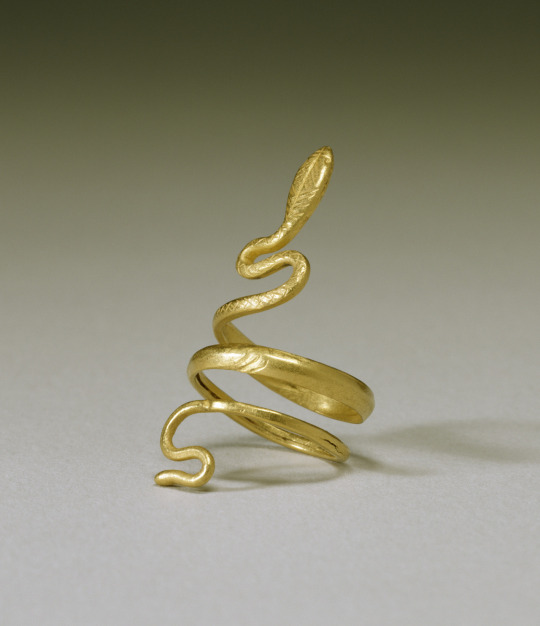
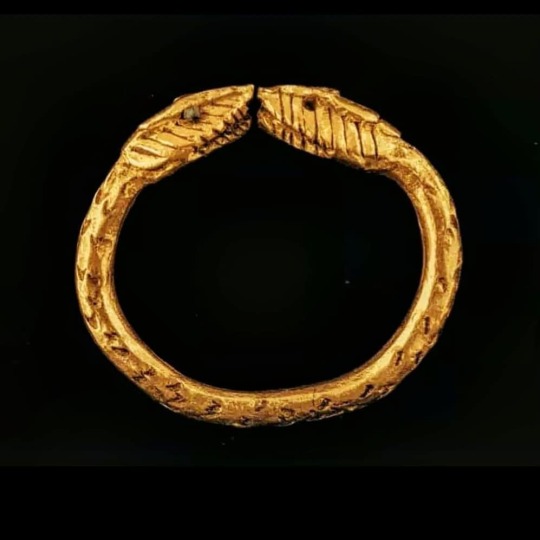
Roman bracelets and rings in the shape of snake.
1st-3rd century imperial time
8K notes
·
View notes
Text

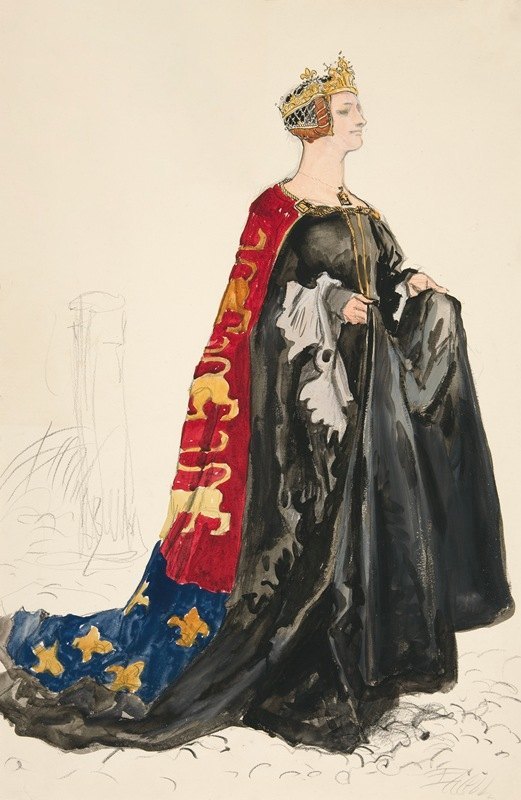


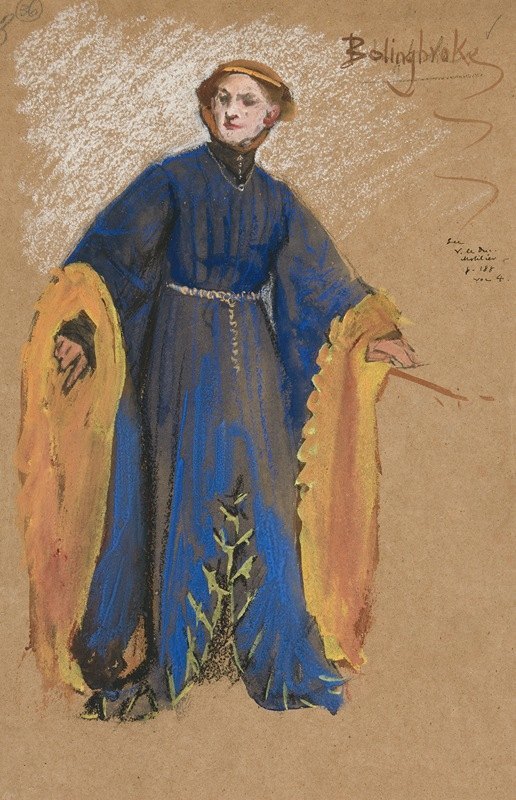
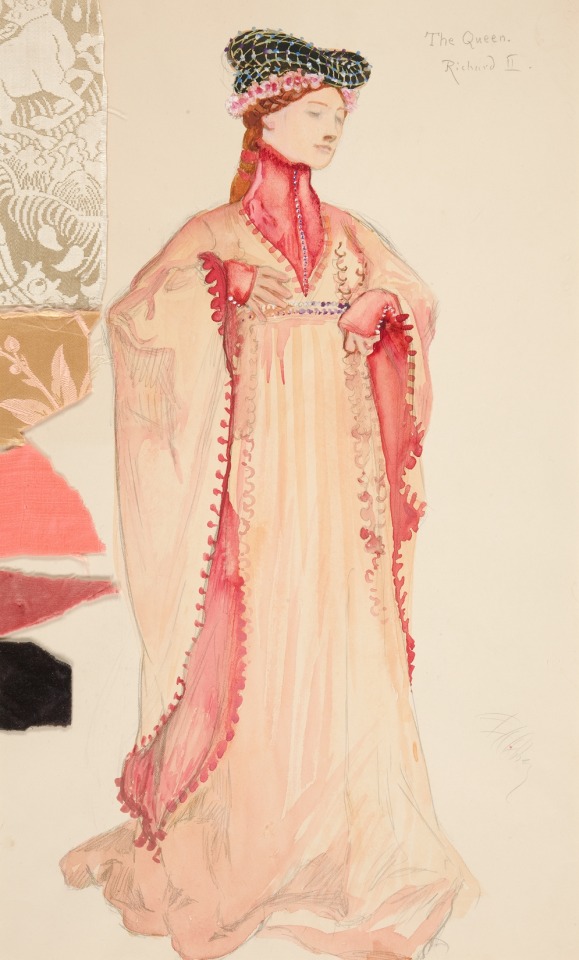
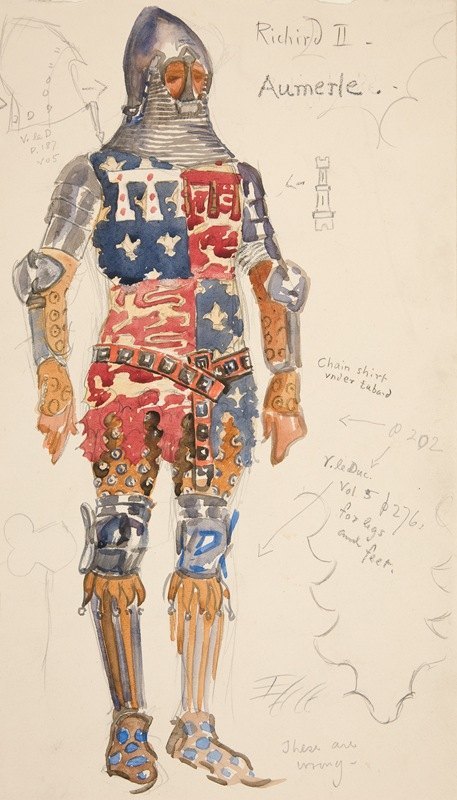
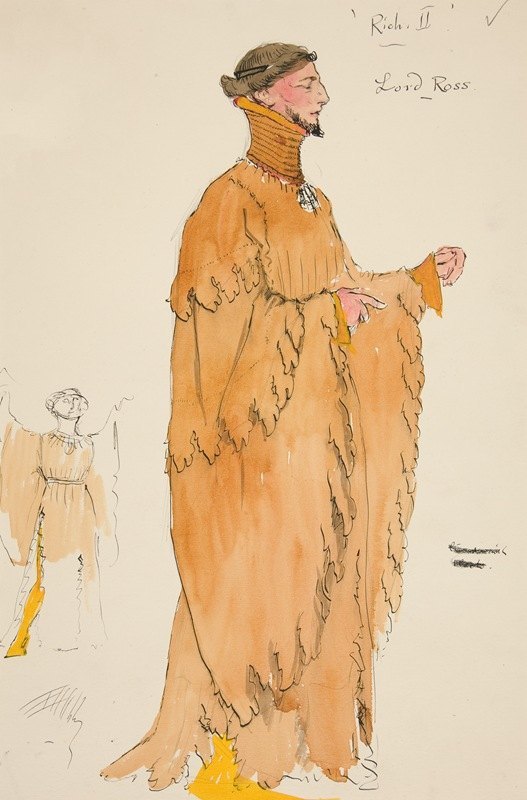


Costume designs by Edwin Austin Abbey for Henry Irving's production of Richard II, 1898
4K notes
·
View notes
Text




This is how (probably) must looked like in reality the armenian prince Vakhtang of Khatchen, born around 1261 and died in 1347, according to his depiction in the Gospel commissioned by him (ms 155, Matenadaran). It’s the only painted portrait of a medieval prince of Artsakh that has come down us.
Vakhtang grandfather’s was the famous prince Hasan Jalal Dawla, and he was the youngest son of princess Mama-Khatun and Umek. This last was a wealthy merchant from Manazkert, active between Tbilisi and Khatchen. Umek in Tbilisi patronized a large church in 1251 (now Surb Gevorg, or St. George, Church, the cathedral of the Georgian Diocese of the Armenian Apostolic Church) and maintained close ties with Artsakh and Utik. He also purchased the Monastery of Nor Getik for 40,000 ducats, and became, together with his successors, the singular owners of it.
After the death of his father Umek (1267), Vakhtang (at the young age of 5 or 6), together with his mother, Mama-Khatun, had to be more closely connected to the house of his grandfather, Hasan-Jalal, prince of Khachen. It is known that before 1287, Vakhtang’s uncle, Prince Atabek, ruled over the eastern parts of Armenia. Atabek was succeeded by his son Jalal, who ruled until 1318. From the sources we know that Vakhtang was not a merchant as his father had been (in some manuscripts he is referred as mets paron, “great lord”.) The last inscription related to Vakhtang is found on the tombstone near the Zorats‘ Church in the historical Yeghegis (Alayaz) Village of Syunik. The inscription reads, “1347. This is the final resting place of Prince Vakhtang, son of Umek”.
#armenia#armenian art#medieval armenia#artsakh#illuminated manuscript#medieval illuminations#watercolor painting#middleages#artists on tumblr#historical illustration#medieval fashion#armenian#13th century
15 notes
·
View notes
Text


It is another cup from which I want to drink
Watercolor on paper
2024
31 notes
·
View notes
Text
French knights insulting english archers, 1380 circa, colorized

Barry's Photography
83 notes
·
View notes
Text

Daenerys Targaryen in Quarth
Pastels on paper
2016
#artists on tumblr#daenerys stormborn#daenerys targaryen#game of thrones fan art#game of thrones#asoiaf#got
7 notes
·
View notes
Text

Sansa Stark
Pastels on paper
2016
23 notes
·
View notes
Text

Daenerys Targaryen in Meeren
Graphite on paper
2016
#gameofthrones#got#daenerys targaryen#asoiaf#daenerys stormborn#game of thrones fan art#game of thrones
2 notes
·
View notes
Text

William A. Breakspeare (British 1855-1914) - Nocturnal Seductions
414 notes
·
View notes
Text











Lights in Saint-Denis Basilica. Photos by Arianna Inglesi
#middleages#gothic art#gothic cathedral#medieval art#medieval cathedral#stained glass#basilique de saint-denis#saint denis basilica#medieval france#moyen age#vitrail#cathedral#saint denis#gothic architecture#medieval architecture
19 notes
·
View notes
Text

Silver icon frame depicting St. George slaying the dragon, Georgia, 15th century
from The State Hermitage Museum, St. Petersburg
664 notes
·
View notes
Text

The Death of Icarus, by Alexandre Cabanel
24K notes
·
View notes
Text

Vardan-Bahatur | Armenian Medieval Knight with khachkar (14th century)
Watercolor on paper
2022
#artists on tumblr#medieval armenia#armenian art#armenia#middleages#watercolor painting#khachkar#artsakh
9 notes
·
View notes
Photo

Gentile da Fabriano - Coronation of the Virgin (c. 1420). Detail.
24 notes
·
View notes
Text

Carved ivory mirror case with lovers, France, mid 14th century
from The Walters Art Museum
453 notes
·
View notes